It’s hard to feel neutral about nettle.
For starters, nettle stings!
If you’re introduced to nettle by unknowingly brushing up against the live plant, you will feel the prickle of all those tiny little needles injecting you with mild irritants. This can result in a minor, yet annoying itchy rash.
Nettle may sting, but nettle also nourishes. It’s these nutritive qualities that make it such a beloved plant to many herbalists.
For those who love nettle, part of the allure is its versatility.
Herbalists use nettle both as a highly nourishing food and as medicine. It’s used for both women’s and men’s reproductive health, to restore energy levels, detoxify the body (by supporting elimination organs), relieve allergies, and strengthen bones, hair, nails and teeth. It might be easier to discuss what nettle doesn’t do!
For a more complete look at the health properties of nettle, see our membership site, HerbMentor.com, where we have loads of information about identifying, harvesting, preparing and using nettle.
Nettle as a Nutritive Plant
Nettle is nutrient-dense and eating it regularly can supply you with the needed vitamins, minerals, and phytonutrients that are most likely missing from your diet.
What do I mean by that?
Over time, our foods have been slowly losing their nutrients. Some of this is due to the depletion of agricultural soils and some is due to our own selective choices.
Let’s take apples as an example. Wild ancient apples were small and bitter and we’ve selectively bred them to be bigger and sweeter. While our newer apples may taste better than their ancestors, they are alarmingly lower in nutrients. In her book, Eating on the Wild Side, Jo Robinson says that, when comparing modern apples to their ancestral counterparts, some wild varieties contain 100%-400% more nutrients than the apples you find at the grocery store!1
[caption id="attachment_5240" align="alignnone" width="495"]
 Modern apples are larger, but lack the high nutrients found in wild apples.[/caption]
Modern apples are larger, but lack the high nutrients found in wild apples.[/caption]
What does this loss of nutrients mean for us? It is getting increasingly hard to get our daily recommended amount of nutrients within a reasonable caloric intake. In other words, you would have to eat a ridiculous amount of “modern” apples to get the same nutrients available in their wild counterparts (or even what was being eaten two generations ago). This dietary nutrient scarcity leaves us vulnerable to degeneration and chronic disease.
Back to stinging nettle…
Stinging nettle is a powerful source of many different nutrients. It is a notable source for calcium, manganese, magnesium, vitamin K, carotenoids, and protein.3
Herbalists specifically use these nutrient-dense qualities to restore health in a variety of ways.
Because of its mineral content, nettle is a favorite for strengthening bones, hair, nails, and teeth. It’s high in nutrients needed for a strong integumentary system, such as calcium and magnesium. It’s often combined with oatstraw (Avena sativa) for addressing osteopenia and osteoporosis.
Feeling run down? …fatigued? …or otherwise dragging yourself through your day? Nettle leaf can support healthy energy levels. It may do this through a variety of actions, but at least part of that action comes from its nutrient-dense qualities. Nettle seeds are also used to restore energy (see below for more information).
Nettle infusions are a reliable way to boost iron levels. I’ve spoken to many women who have chosen to use nettle instead of iron supplements in the early stages of pregnancy to increase their iron levels. Restoring iron levels can also relieve fatigue.
Some people experience muscle cramping due to nutrient deficiencies. Regular ingestion of nettle infusions can restore mineral reserves and relieve menstrual cramps or leg cramps.
This was a short list of ways that nettle may improve some nutrient deficiency symptoms. Restoring nutrient deficiencies can have a myriad of positive effects. Perhaps this is why herbalist David Hoffman wisely recommends, “When in doubt, choose nettle.”
How to Harvest Nettle
Nettle (Urtica dioica) grows all over North America and Europe. It is an herbaceous perennial that pops up from the ground in late winter or early spring. Each plant grows on a single stalk that can reach 6 feet in height. Nettle grows in groups, creating large stands of the plant.
Nettle has a square stem with simple leaves that grow opposite. Each leaf has a jagged edge. Most nettles are covered in tiny needle-like hairs, especially on the underside of the leaf and along the stem. However, there are some stingless nettles out there.
To an untrained eye, someone could confuse nettle with members of the mint family. Besides the sting, which is not present in mint family plants, nettle does not have strong aromatics. If you rub the leaf and it doesn’t sting, and it smells like mint or other strong aromatics, it’s not nettle.
Nettles are harvested while they are still young, well before they flower. Most people prefer to wear gloves when harvesting nettles to avoid the plant’s sting. When I harvest I wear gloves and use sharp scissors to cut off the tops of the plants.
You want to leave a few leaves below your cutting so the plant can continue to grow. Nettles thrive with regular pruning as this encourages them to branch out and grow more densely.
How to Use Nettle
Many herbalists celebrate late winter and early spring by eating lots of fresh nettles. If eating something covered in small needle-like hairs that inject you with poison doesn’t sound fun to you – I don’t blame you! Luckily, you can remove nettle’s sting by cooking or blanching it.
Once nettle has been blanched you can make so many different dishes: nettle lasagna, nettle pesto, nettle soufflé, nettle pasta, nettle sauté, and on and on.
This year I wanted to make something with nettles that was fresh and tasty – something that even kids would enjoy.
When talking with John, he reminded me of an old April Fool’s joke he played. He created a fake news release announcing McDonald’s was replacing its St. Patrick’s Day Shamrock Shake with a special stinging nettle shake for Earth Day, called The Earth Shake. It was amazing how many people believed it was real! So, well, we decided to make it real. Why not?
Click to read John’s 2010 April Fool’s Joke
And, what kid wouldn’t love telling their friends they made a smoothie out of nettles?
Earth Shake: A Nettle Smoothie Recipe
Minty and sweet, yet packed with nutrition, this is a green smoothie recipe that is sure to please even the pickiest of eaters.
Don’t have access to fresh nettle? You can substitute 1/2 cup of dried nettle leaves instead (be sure to pick out any small stems). When I tried this, I soaked the dried nettle in the coconut water for 30 minutes. I prefer using fresh nettle as the dried version was a bit chewier, but it was still enjoyable.
What you’ll need…
- 1 cup fresh nettle (tightly packed)
- 1 cup kale (tightly packed)
- 2 cups coconut water (or substitute apple juice)
- 1 large banana
- 1 apple
- 1/2 avocado
- 1/4 cup mint (tightly packed)
Sort through your fresh nettle and remove any large stems.
Next you’ll need to blanch the nettle to remove the “sting.” Bring a medium sized pot of water to boil. Drop the leaves in the boiling water, stirring frequently, for two minutes. Strain. Reserve the water as a nettle tea, the base for a soup, or even feed it as fertilizer to indoor plants.
Next add all ingredients to a blender.
Blend on high until it reaches the desired consistency.
Serve immediately.
Yield: 4 cups, 2-4 servings
DOWNLOAD NOW






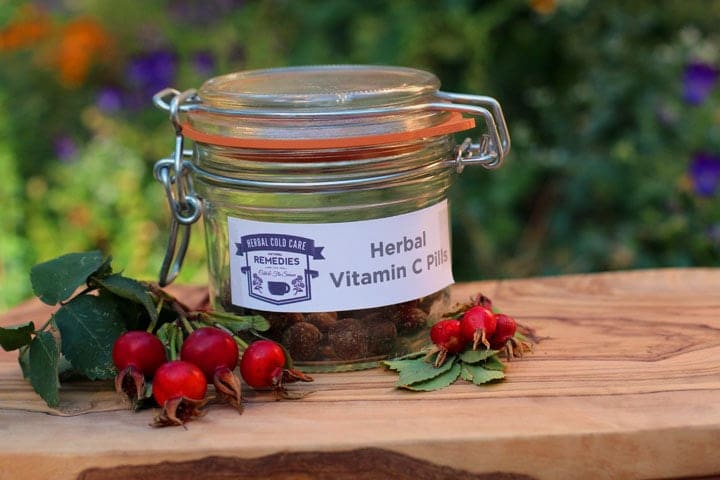
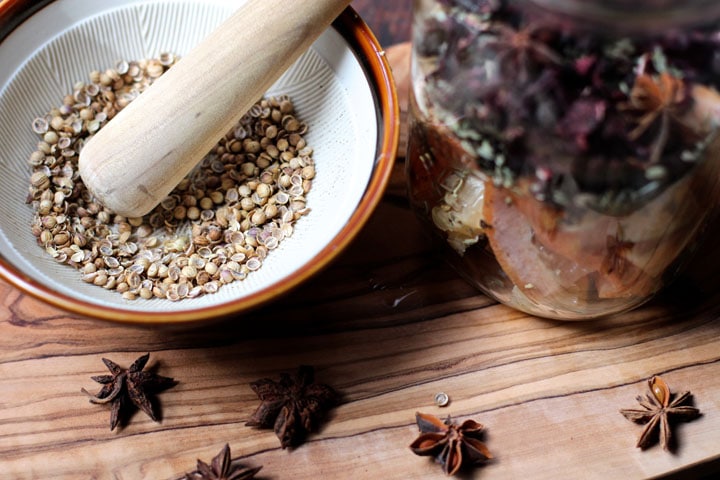
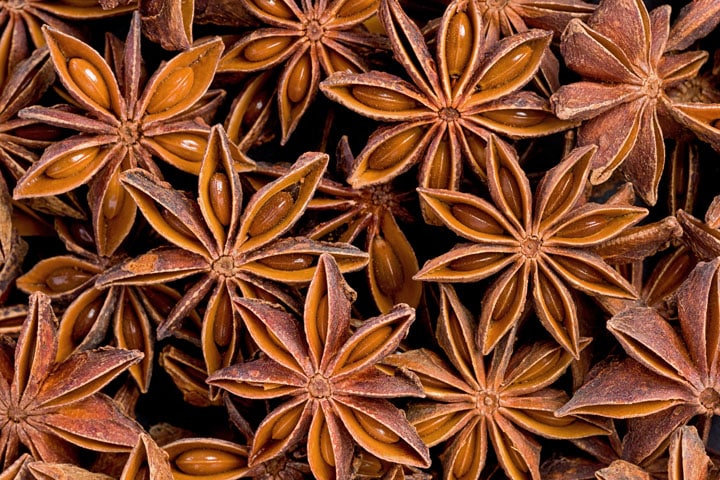
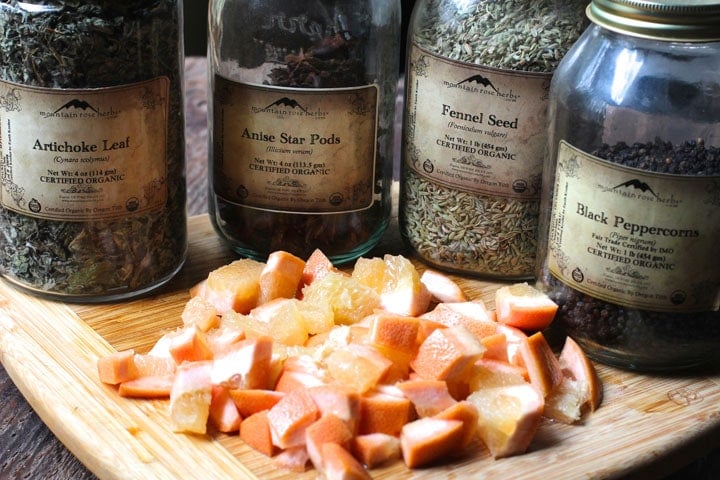

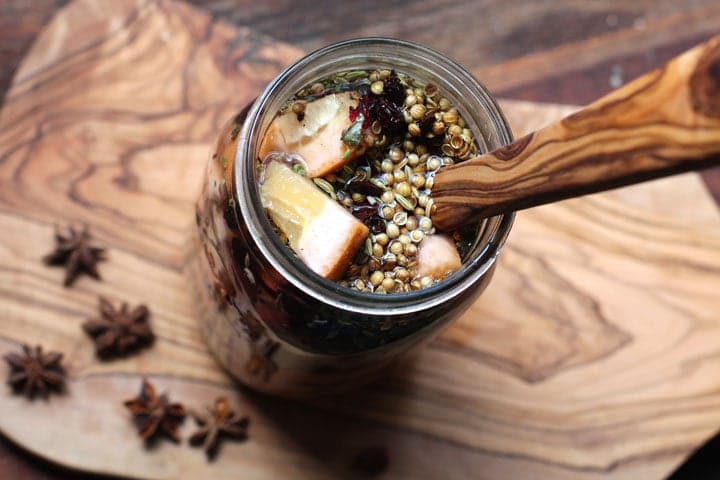






Can you use dried nettle and if so how much? Thanks so much!
Directions for using dried nettle are within the recipe.
Delicious !!
Thank you !
Big hug from Uruguay
we have always eaten Nettles as a spring detox and opening to the Season of Spring…wonderful idea for Earth Day!
I’ve never actually bothered blanching my nettles for smoothies: the blending seems to be enough, and I’ve used them in a lot of smoothies.
Me too! Never blanched the nettles. Just throw them right in! We’ve been having nettle smoothies the last week and they are delicious! We put in nettles, chickweed, cleavers, frozen cherries, strawberries and blueberries.
Wow! this sounds Powerful and yummy:)
In your blanching instructions you don’t say if the water should keep boiling for those two minutes. I’m assuming it does. It does seem like nutrients would be lost into the water. (Next you’ll need to blanch the nettle to remove the “sting.” Bring a medium sized pot of water to boil. Drop the leaves in the boiling water, stirring frequently, for two minutes. Strain. Reserve the water as a nettle tea, the base for a soup, or even feed it as fertilizer to indoor plants.)
You keep the water simmering for those two minutes. It could work to turn off the heat as well, but I’ve kept mine simmering.
Thanks!
I am thrilled! We have so much nettle on our property, it’s nice to know it has a purpose other than itching my ankles! Now my dandelions have competition. Thanks again!
Thanks for reminding me of all those goodies growing outside!
I’m not supposed to eat raw kale because of my low thyroid. What else could I use?
You can also blanch the kale along with the nettles. Or omit it entirely and use twice as much nettles.
sounds wonderful
Thank you for this article. I love the idea of an herbal smoothie. I just made a smoothie with dried nettle and it was wonderful! I think I found a new smoothie add in. My kids even liked it.
when fresh nettle is blended it does not sting…
That is great to know. Would rather use it fresh to get more enzymes out of it . So gonna make this smoothie!
It may not sting, but I was taught that eating large amounts of raw nettles can be difficult for people. This may because it is high in oxalates, which are better after cooking.
nettles, portulaca, chick weed, dandelion and lambs quarters – we are so blessed with an abundance of wild foods while others go hungery!!
Can you juice them without blanching?
Thanks, Rosalee! This week I obtained some fresh Nettles from The Nettle Man at our lical Farmers Market here in beautiful Grants Pass, Oregon. I took the nettles home and let his instruction blended them with water strained the them, and then blended the resulting nettle water with a lemon and banana. Yummy! My 3 year old granddaughter loved it, as did her mom and dad!